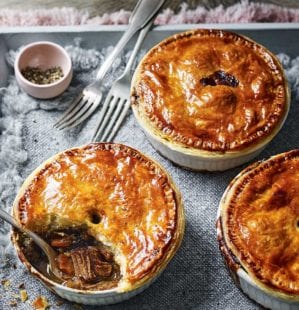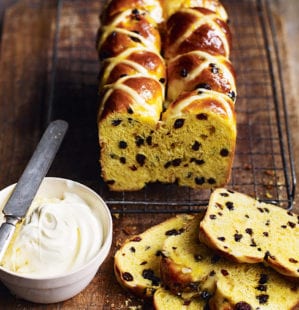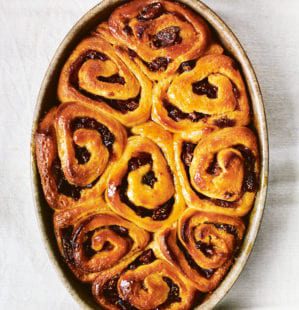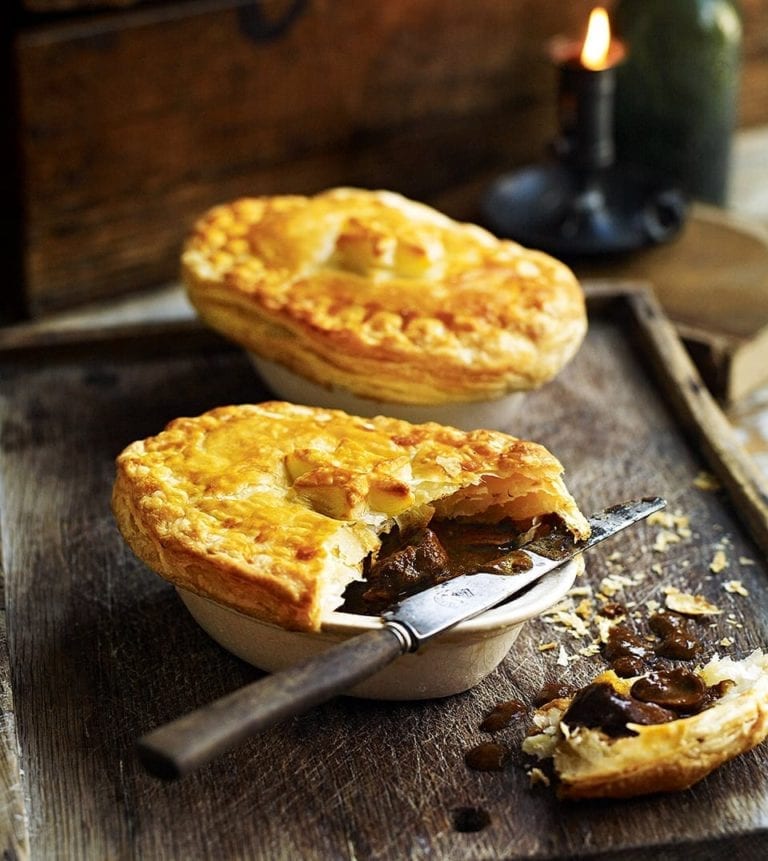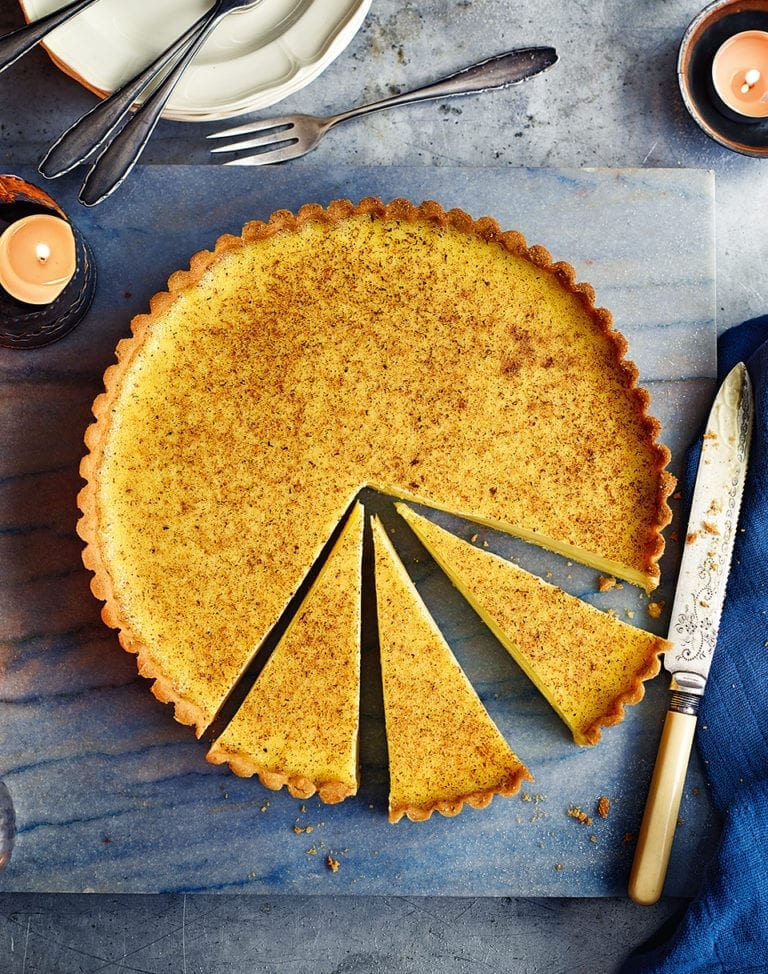Egg washing tips for the golden bakes of your dreams
When you’ve gone to all the effort of making your own pastry or prooving and shaping buns, it pays to master the egg wash, so your bakes will be the golden, gleaming creations you dreamt of.
Glazing turns pie lids a burnished bronze, seals pastry cases and gives any bake it touches an eye-catching shine – but what is egg wash, why does it work and how can you use it to its full advantage? Follow my tips and take your bakes to a higher level.
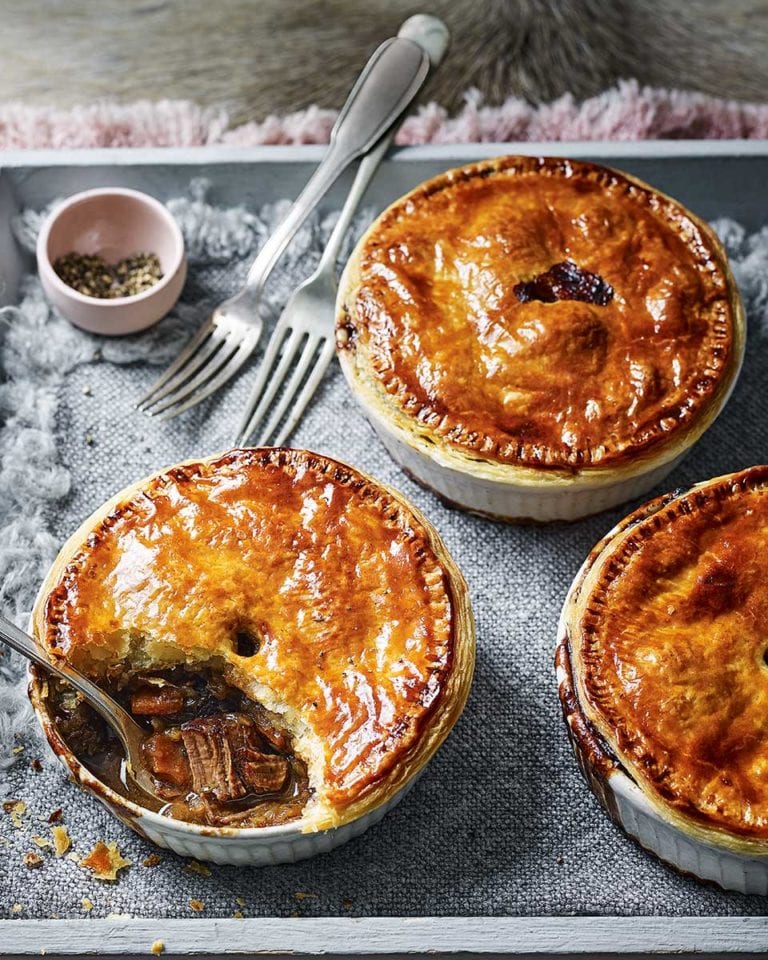
The science of egg wash
Anytime you start delving into why and how eggs do all the wonderful stuff they can in the kitchen, things get scientific pretty quick. And a bit scary. As soon as phrases like albuminoid and protein strands start getting bandied about, I tend to back away. But when it comes to egg wash, it’s simple. The fats and proteins in the egg coat the pastry, creating a water-resistant (but not fully waterproof) seal. Once it goes in the oven, the fats brown and caramelise in the heat, turning the pastry or dough golden, while the proteins crisp up and dry out, creating shine.
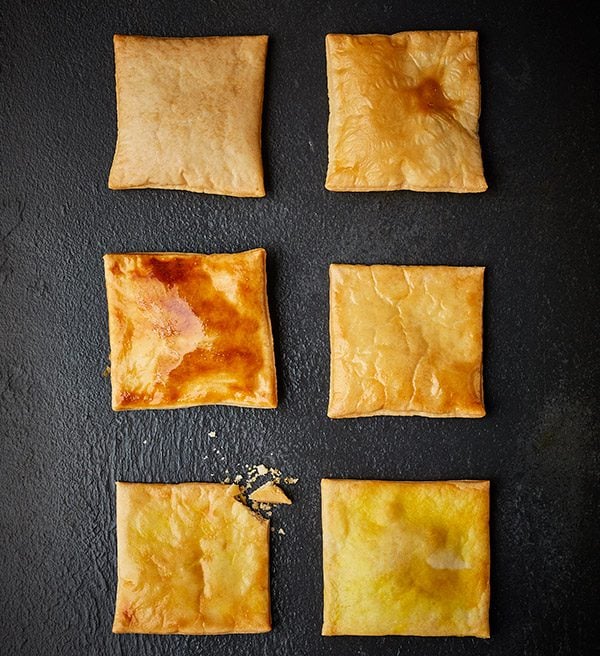
The technique of making egg wash
Beat egg, paint pastry, bake – we all know how to use egg wash. But there are a few things you can do to unlock its full potential:
- A silicone pastry brush trumps a natural one in many ways. It’s easier to clean, doesn’t run the risk of shedding fibres all over your bake and won’t absorb the egg, meaning more will stay on your pastry.
- Make sure the egg is well beaten so it’s a uniform consistency and colour. If it’s only half-mixed, you’ll have a trickier time getting it to evenly coat your bake and a mottled, uneven look when it comes out of the oven.
- A splash of water (or milk/cream) makes your egg wash easier to paint with and increases the volume slightly. Aim for around 1 tbsp liquid per egg, although this doesn’t have to be exact measurement.
- Keeping the egg wash even across your pastry is key. You don’t want pools of beaten egg collecting in nooks and crannies as they can set solid and cover your bake in little rubbery nuggets of baked egg – which looks a bit grim and can give it an eggy taste. Similarly, you don’t want any exposed pastry to be untouched by the wash, as, once baked, it’ll look and taste dry and crumbly next to anything that’s been painted.
The variations of egg wash
Not all egg washes are equal – the amount of egg white, egg yolk and the things you mix it with can produce different finishes. Want a shiny finish without too much browning? Just use an egg white, which is where the majority of the proteins lie. Conversely, using just egg yolk will create a deeper golden hue thanks to the heavier ratio of fat. Whisking in a splash of milk or cream instead of water will increase the amount of fat too, creating an even more caramelised, burnished finish.
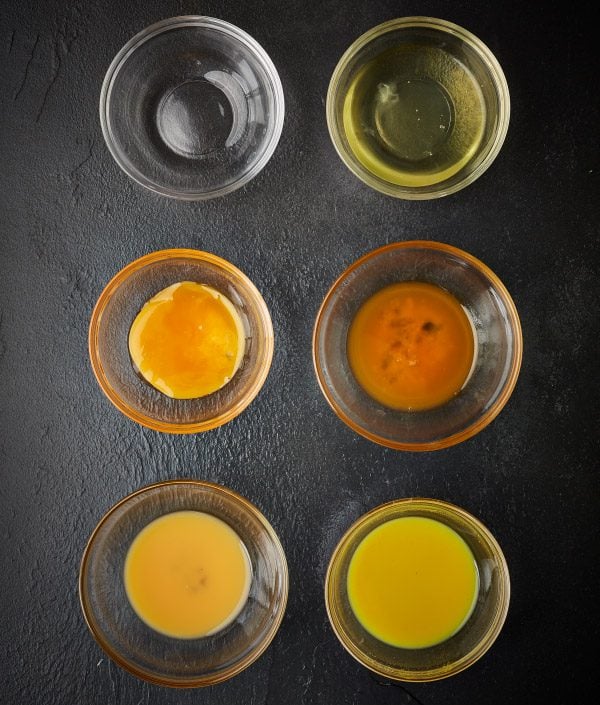
How to take your egg wash to the next level
Egg wash basics mastered? Here’s how to level up your pastry painting prowess.
Season your egg wash!
A pinch of salt in your egg wash doesn’t just add a final hit of seasoning to your bake – it also helps to break down the proteins in the egg, which makes it easier to paint with. I’m a big fan of sweet-meets-savoury in my desserts, so I tend to put a little pinch of table salt in my egg wash even for sweet pastries.
Prime your egg wash!
It takes a little longer, but if you’re after a professional finish, multiple coats of egg wash – just like painting a wall – is the way to go. Paint your bake with egg wash, pop it in the fridge for 10 minutes, paint again, chill for another 10 minutes, then paint it a third time. This builds up a thicker (yet even) layer of egg wash that sturdily binds to the pastry, producing incredible results.
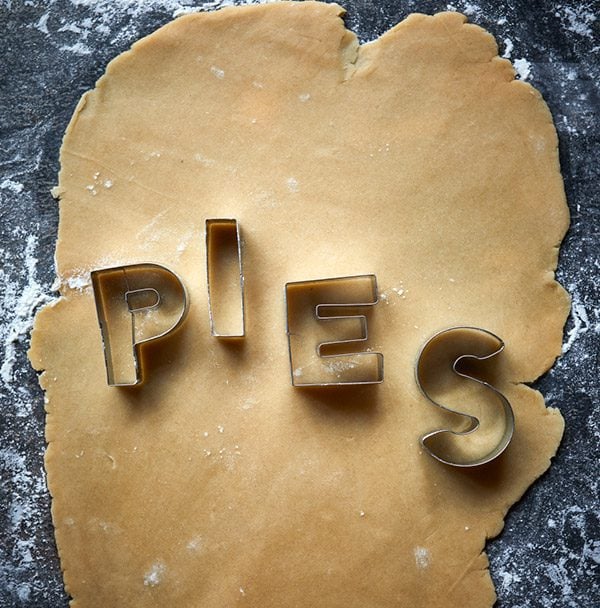
Flavour your egg wash!
Colour and flavour your bakes with ground spices – turmeric turns egg wash yellow; paprika will give it an orange finish. A pinch of spice that matches whatever your bake is flavoured with are always a good idea too.
Use your egg wash to stick lids and seeds!
Egg wash is a good glue for sealing pastry edges down securely, and it can be used to help stick scattered sprinkles in place before your bake goes in the oven too. Egg white-only washes tend to be stickier thanks to the extra protein, so try painting it on breads and pastries (sweet and savoury) before scattering over things like pearl sugar, oats, sprinkles, poppy seeds, nigella and sesame seeds. A point to note: don’t paint it on the edges of puff pastry, though, as it can glue them shut and prevent them expanding into flaky layers.
Now flex your new skills with one of our pie recipes.
Subscribe to our magazine
Food stories, skills and tested recipes, straight to your door... Enjoy 5 issues for just £5 with our special introductory offer.
Subscribe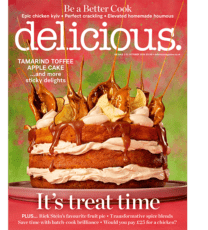
Unleash your inner chef
Looking for inspiration? Receive the latest recipes with our newsletter
